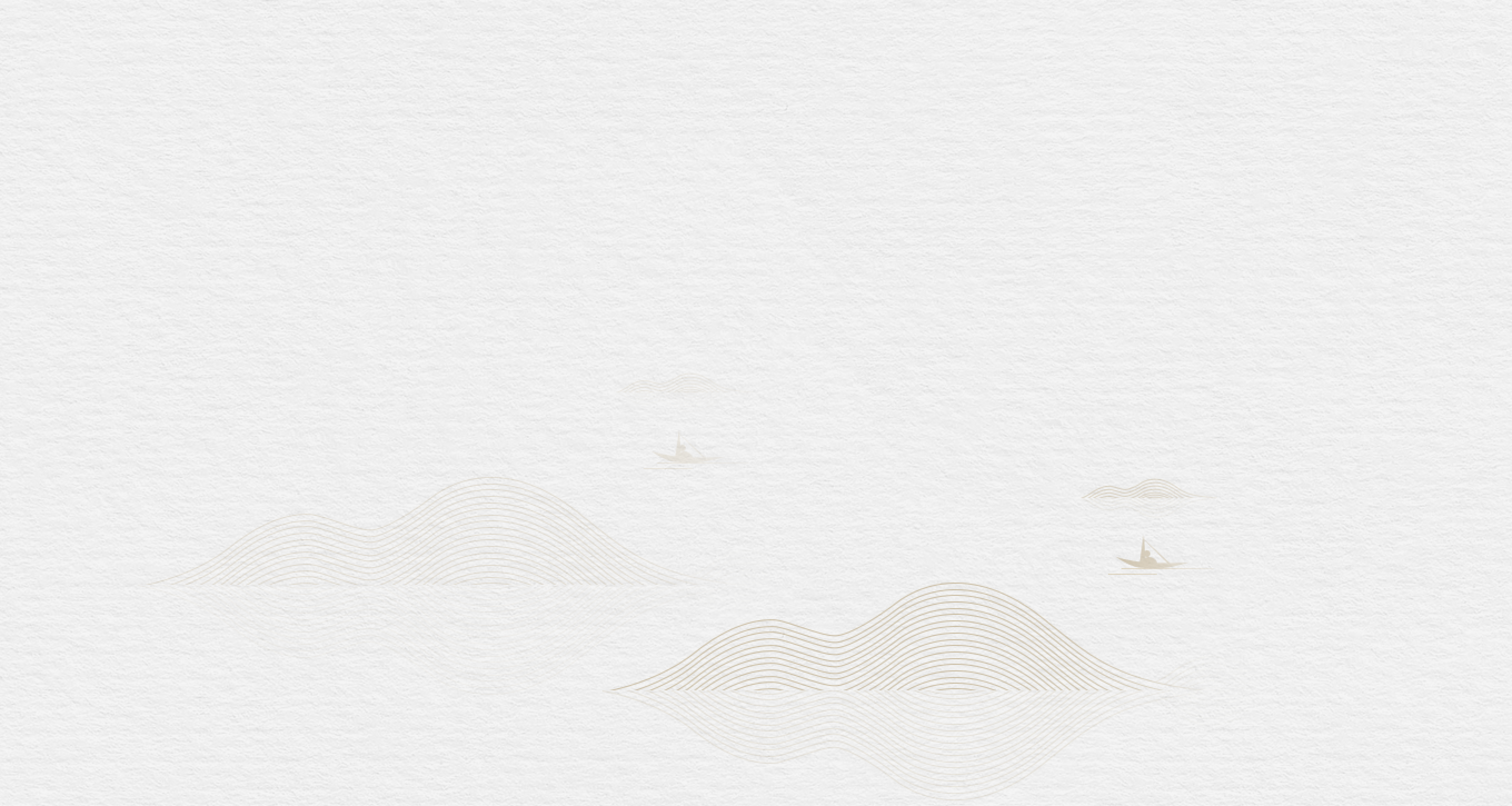The 7.8-kilometer-long cityscape sequence of Beijing Central Axis contains contrasts and variations in a harmonious and unified order.
The layout is symmetrical with proportional modal relationships, while the building designs are clear in their hierarchy of form, undulating in their scale and moderate in their spatial arrangement. Through traditional Chinese urban planning and architectural design, Beijing Central Axis presents an imposing and orderly overall spatial form. In this way they reflect the differences in hierarchy while forming an intrinsically ordered whole. Its spatial experience full of rhythmic variations and integrating ritual and music systems demonstrates the unique aesthetic pursuit and richness of Chinese culture and expresses the rite and order followed in capital planning practices of ancient times.
As master architect Liang Sicheng wrote: “Rhythm and rhyme are critical factors contributing to a building’s artistic image…” “Such rhythm and rhyme are visible everywhere in the old city of Beijing. For example, the Tiananmen Gate is a key measure or beat in the musical movement from the Upright Gate to the Meridian Gate. The Thousand-Step Corridor on each side is rhythmically structured with a row of equidistant pillars. But such rhythm would pause every nine or eleven bays, with a partition of wall. Roof ridges with such design therefore gave rise to the Gate of the Imperial Ancestral Temple and the Gate of the Altar of Grain and Land on east and west sides respectively, as if a new theme were introduced. Such beats repeat rhythmically until they reach the Upright Gate and then happen again to the Meridian Gate.”
——Liang Sicheng, Architecture and Art of Architecture




